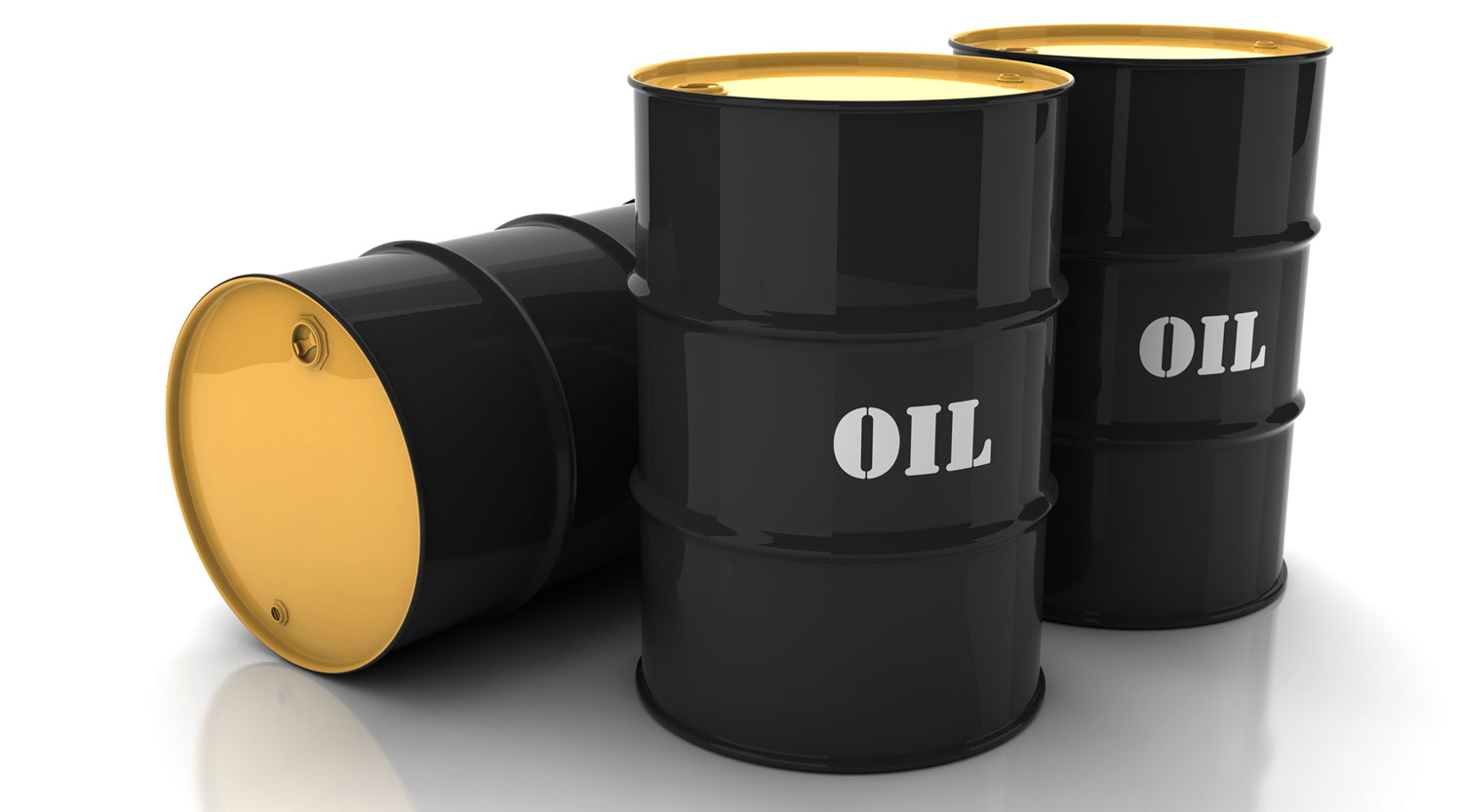

Muscat: The Oman crude for April delivery was traded at $ 33.30 per barrel on Monday, a decrease of 15.70 from Friday's price of $49.
Losing more than a quarter of their value, oil prices were set on Monday for their biggest daily rout since the first Gulf War, after Saudi Arabia cut its official prices in a market already reeling from the impact of the coronavirus on global demand.
Saudi Arabia slashed its official selling prices and made plans to ramp up crude output next month after Russia balked at making a further steep output cut proposed by the Organization of Petroleum Exporting Countries to stabilize oil markets.
Global oil demand is set to contract in 2020 for the first time in more than a decade as global economic activity stalls due to the coronavirus, the International Energy Agency said on Monday.
"The breakup of OPEC+ is has been disappointing for the entire oil-producing nations. Although we see some signs of growing GDP contribution from the non-oil sector, we still have a significant dependence on oil activities and oil revenue. A single-day decline of similar magnitude was recorded only once in history, and that was during the Gulf War. I think today’s 30 percent decline is more driven by panic than facts," Joice Mathew, head of research, United Securities in Muscat.
He added, "We might see the volatility continuing for the rest of this week, and maybe next. After that, traders would reassess the supply-demand dynamics, and prices could stabilize within a couple of months. The uncertainties and panic created by coronavirus will also play a major role in heightened volatility during the next couple of months. Despite the demand doldrums and inventory glut in the short term, our estimates suggest the prices recovering to levels higher than $40 in the second half of the year."
The sharp downward revision in demand expectations came as oil prices dropped by more than a quarter and were set for their biggest one-day fall in 29 years after Saudi Arabia ignited a crude price war in the market.
The energy watchdog said it expected oil demand to be 99.9 million barrels per day (bpd) in 2020, lowering its annual forecast by almost 1 million bpd and signalling a contraction of 90,000 bpd, the first time demand will have fallen since 2009.
Paris-based IEA said medium-term outlook report that in an extreme scenario where governments fail to contain the spread of the coronavirus which has affected over 100,000 people, consumption could drop by up to 730,000 bpd.
The virus has led to a sharp drop in industrial activity particularly in China, other Asian economies, as well as Italy, one of the worst affected places outside China. The virus has led to a slowdown in demand for ground and air transport.
“The coronavirus crisis is affecting a wide range of energy markets - including coal, gas and renewables - but its impact on oil markets is particularly severe because it is stopping people and goods from moving around,” IEA Executive Director Fatih Birol said in a statement.
Following the 2020 demand shock, however, the IEA expects oil consumption to bounce back strongly and rise by 2.1 million bpd in 2021.
After that, growth is set to decelerate and rise by only 800,000 bpd by 2025 due to slower growth in transport fuels demand as governments implement policies to improve car engine efficiencies and cut greenhouse gas emissions.
“The coronavirus crisis is adding to uncertainties the global oil industry faces as it contemplates new investments and business strategies,” Birol said.
While oil demand is set to gyrate sharply, the IEA kept its forecast for global oil supplies largely unchanged, with production capacity set to grow by 5.9 million bpd by 2025, marginally outpacing demand.
The production growth is set to come mostly from expansion in the U.S. shale output, as well as from rising output in Brazil, Guyana and Canada.
Expansion of production in Iraq and the United Arab Emirates, offsetting declines in Libya and Venezuela, means output from the Organization of the Petroleum Exporting Countries (OPEC) will rise by 1.2 million bpd by 2025.
Oman Observer is now on the WhatsApp channel. Click here



